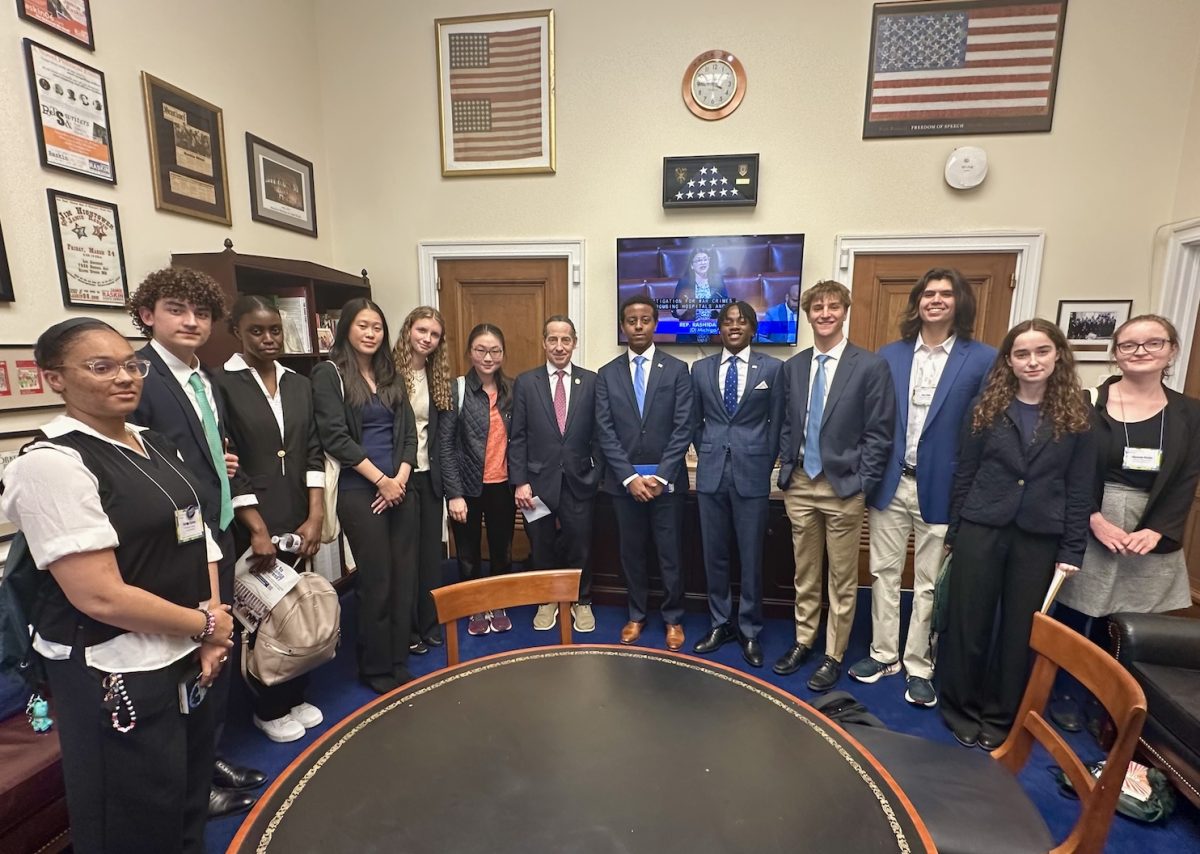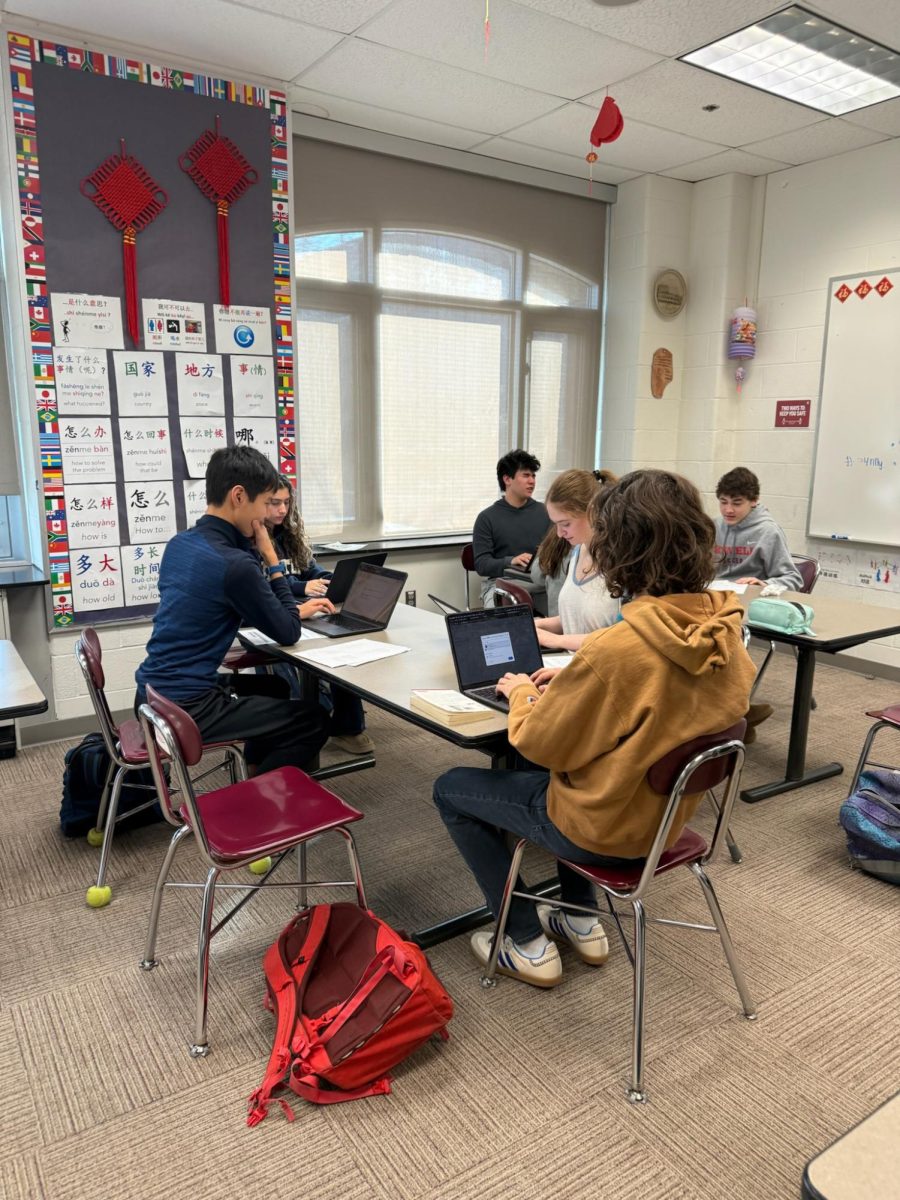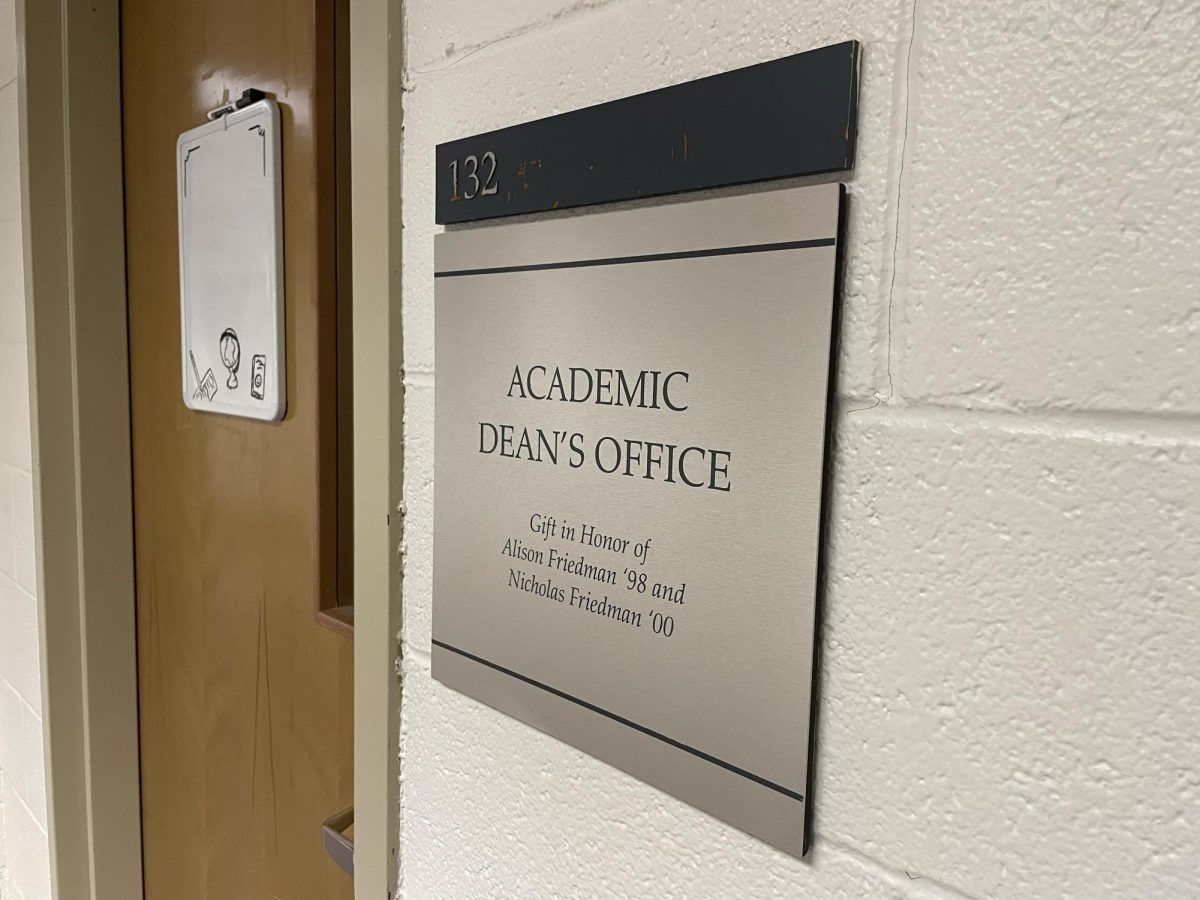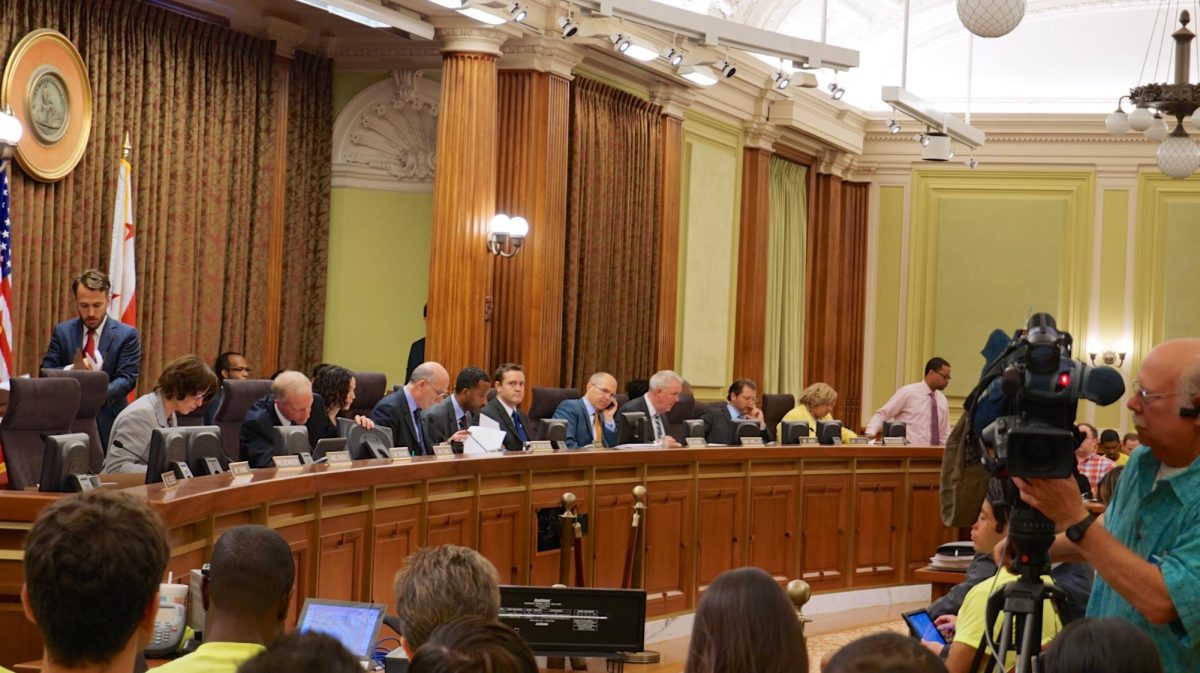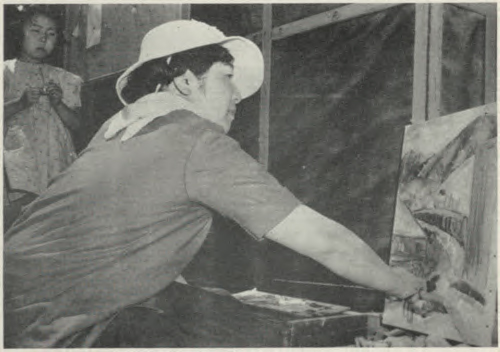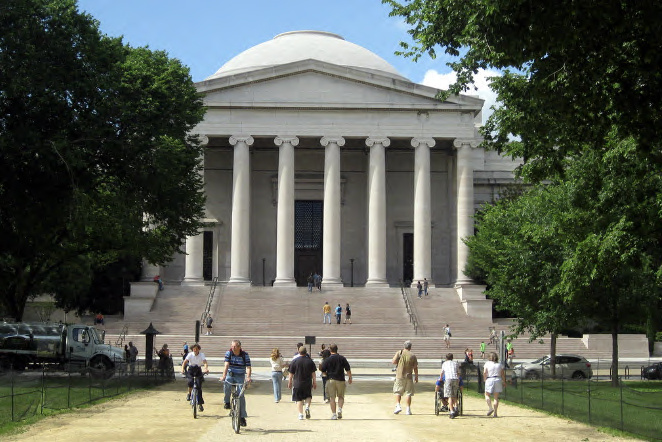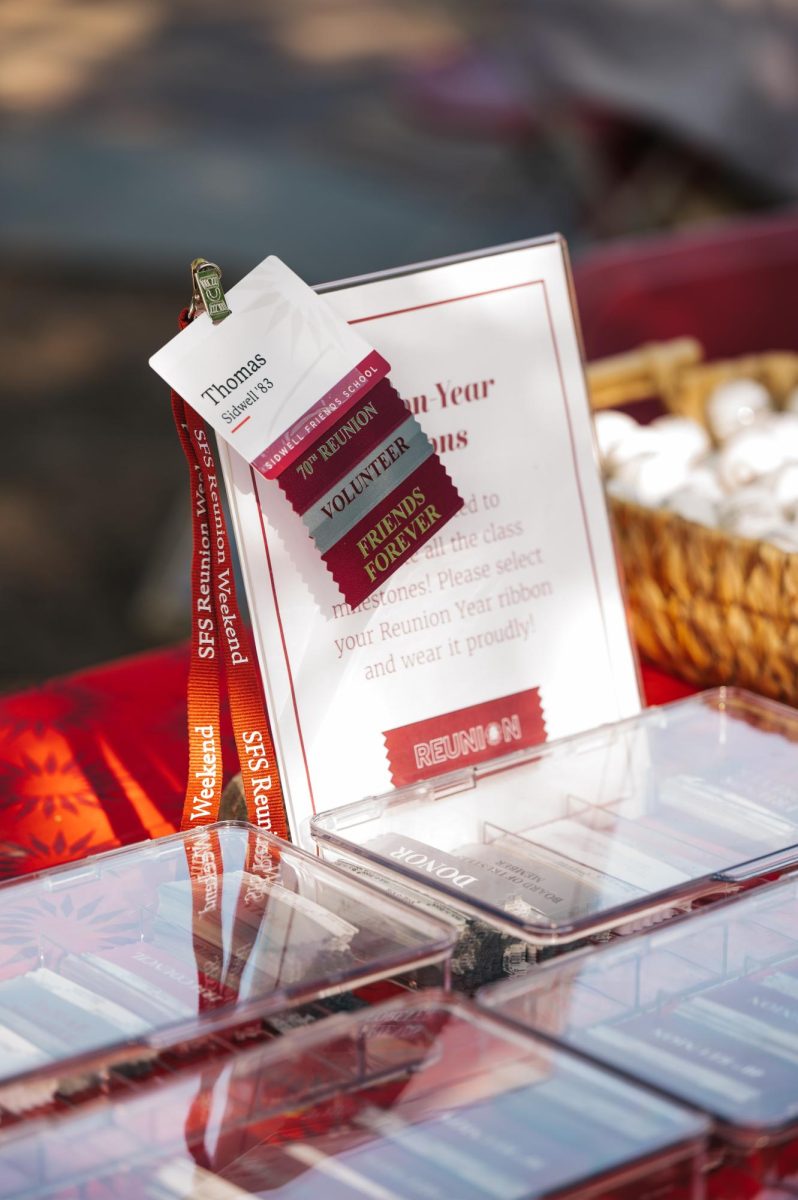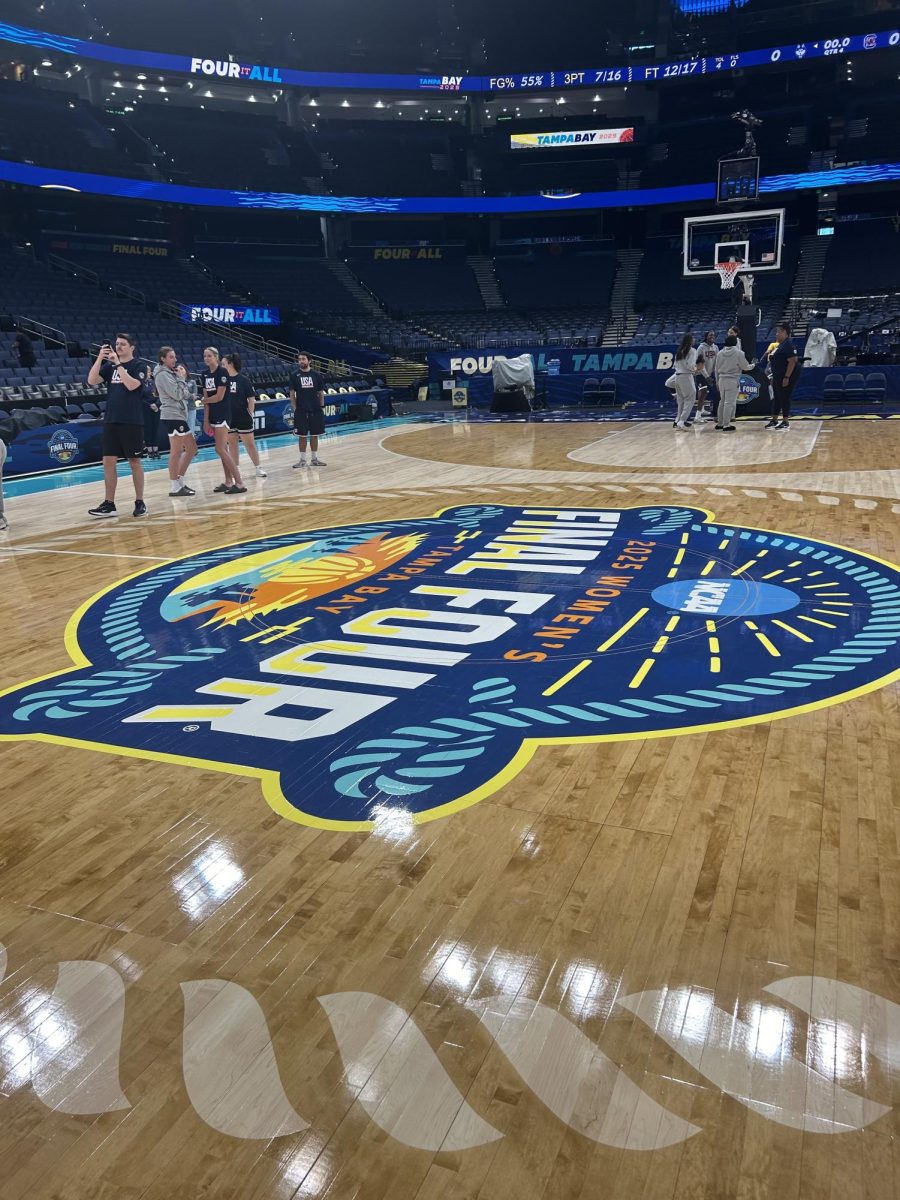Exhibit Honors Emmett Till’s Story and Legacy
On Jan. 27, the D.C. Public Library opened “Emmett Till & Mamie Till-Mobley: Let the World See,” an exhibit in the Great Hall of the Martin Luther King Jr. Memorial Library. Created by the Emmett Till and Mamie Till-Mobley Institute, the Emmett Till Interpretive Center, the Till family and The Children’s Museum of Indianapolis, the exhibit tells Till’s story and highlights his mother’s activism following his death. The exhibit will remain open until March 12.
On Aug. 28, 1955, 14-year old Till was on a trip in Mississippi to visit his family when he was murdered by Roy Bryant and J.W. Milam, the husband and half-brother of Carolyn Bryant. Carolyn Bryant had previously claimed that Till had flirted with her, made crude comments about her and grabbed her wrist and waist. She later confessed that her statement was partially untrue.
Although Roy Bryant and Milam attempted to conceal their actions, Till’s mother, Mamie Till-Mobley, made persistent efforts to let the world see what had happened to her son. Her advocacy fueled the modern Civil Rights Movement.
“Let the World See” is centered around the five aspects of Till’s murder: Till’s story, Till-Mobley’s contribution to the Civil Rights Movement, family and community efforts to keep his name alive, how his vandalized historical marker relates to current events and how individuals can pursue social justice in their own communities.
The exhibit is an age-inclusive experience geared toward audiences as young as 10 years old. By focusing on Till-Mobley’s activism, including her choice to display her son’s open casket, the curators of the exhibit hope for it to be seen by the future voices of America.
Furthermore, the exhibit highlights how the Black press helped share the boy’s true story. Newspapers such as “Jet Magazine” revealed the authentic and raw narrative of Till’s murder and shed light on the injustices he and his family faced on the day of his murder.
“You begin to understand that stories like Emmett Till’s may never have come to light had it not been for the Black press,” Reyes-Gavilan added.
Along with the exhibit, the D.C. Public Library hosted events and activities in honor of Black History Month, as well as providing a list of recommended literature for young audiences that help answer questions about Till’s story.
The exhibition will tour six additional locations: Indianapolis, Birmingham, Alabama, Jackson, Mississippi, Chicago, Atlanta and Memphis, Tennessee. Afterwards, it will be permanently displayed in the “Emmett Till Interpretive Center” in Sumner, Mississippi.
The D.C. Public Library, the Till family and all other collaborators remain passionate about sharing Till’s story with communities across the U.S. and educating young Americans about the history of Black America.
“Emmett [Till’s] story is not a pleasant story — it’s not a pretty story, but it has to be told,” Parker said.

Caroline Mohamadi is currently a Business Manager for Horizon, a position she held in the 2023-2024, 2024-2025 and 2025-2026 school years. Prior to this,...








